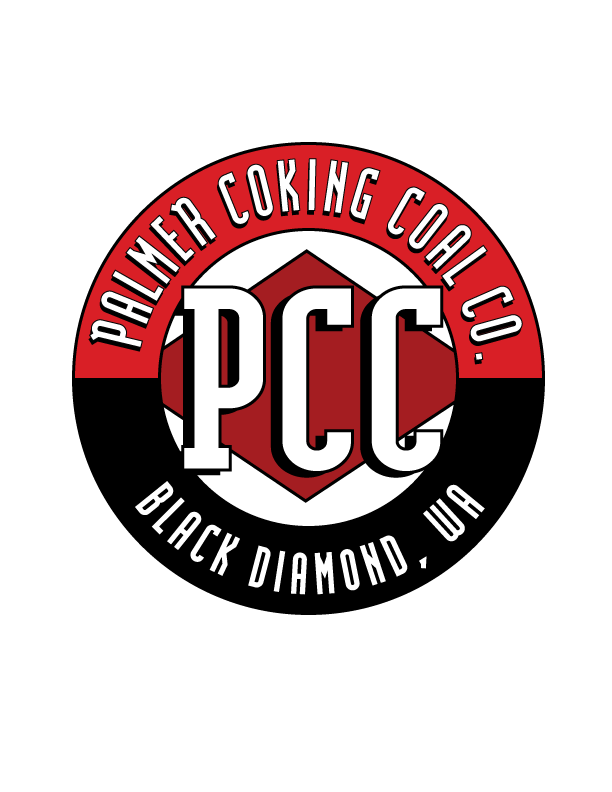Product Calculation Instructions
This information is also available to download as a PDF.
Cubic Yard (CY) Calculations
Calculating cubic yards for square/rectangular areas
Length x Depth x Width (all expressed in feet) = cubic feet divided by 27 = cubic yards
Example. A 20' by 40' rectangular area 3" deep
20' x 40' x .25' (i.e. 3") = 200 cubic feet divided by 27 = 7.41 cubic yards
Notes: 1 cubic yard = 27 cubic feet (3' x 3' x 3')
Calculating cubic yards for circular areas
Radius Squared x 3.14 (Pi) x Depth (all expressed in feet) = cubic feet divided by 27 = cubic yards
Example. A 50' diameter circular area, 4 inches deep. Note: the radius is 1/2 of the diameter
25' x 25' x 3.14 x .33 = 648 cubic feet divided by 27 = 24 cubic yards
Notes: 1 cubic yard = 27 cubic feet (3' x 3' x 3'); radius is half of the diameter
Converting inches to fractions of feet
| Inches | Feet |
|---|---|
| 1" | .08' |
| 2" | .16' |
| 3" | .25' |
| 4" | .33' |
| 5" | .42' |
| 6" | .5' |
| 7" | .58' |
| 8" | .67' |
| 9" | .75' |
| 10" | .83' |
| 11" | .92' |
| 12" | 1.0' |
One cubic yard of material covers:
| Square Feet | Inches Deep |
|---|---|
| 338 SF | at 1" |
| 169 SF | at 2" |
| 108 SF | at 3" |
| 82 SF | at 4" |
| 64 SF | at 5" |
| 54 SF | at 6" |
Square Foot (SF) Calculations
Calculating square footage (SF)
Length x Width (or Height) (all expressed in feet) = square footage
Example. A 3' high by 40' long rockery = 3' x 40' = 120 square feet
Tonnage Calculations
Calculating tonnage needed per square foot of rockery
Length x Height (all expressed in feet) divided by 18 (for half-man rocks) = tons needed
Length x Height (all expressed in feet) divided by 15 (for one-man rocks) = tons needed
Example. A rockery 3' high by 40' long using one-man rocks
3' x 40' = 120 square feet divided by 15 = 8 tons of one-man rocks
Approximate pounds and tons per cubic yards
| Product | Pounds per CY* | Tons per CY* |
|---|---|---|
| Pit Run Gravel | 3,050 | 1.52 +/- |
| Crushed Gravel | 2,900 | 1.45 +/- |
| Clear Gravel | 2,500 | 1.25 +/- |
| Washed Gravel | 2,800 | 1.40 +/- |
| Screened Sand | 2,700 | 1.35 +/- |
| Topsoil | 2,000-2,400 | 1.00 to 1.20 +/- |
| 1/4" Cinders | 2,000-2,200 | 1.00 to 1.10 +/- |
| 3/4" Cinders | 2,000-2,200 | 1.00 to 1.10 +/- |
| 1/4" Lava Sand | 1,800 | .90 +/- |
| 3/8" Lava Rock | 1,500 | .75 +/- |
| 1/2-1" Lava Rock | 1,400 | .70 +/- |
| 1-2 1/2" Lava Rock | 1,350 | .67 +/- |
| Safeco Field Mix | 2,000 | 1.00 +/- |
| Blue-Grey Clear | 2,200-2,400 | 1.10 to 1.20 +/- |
| Golf Course Sand | 2,200 | 1.10 +/- |
| Compost or Bark | 1,000-1,300 | .50 to .65 +/- |
| 4-8" Quarry Rock | 2,800 | 1.40 +/- |
| Half to One-Man Rock | 2,800 | 1.40 +/- |
| Boulders | 3,000 | 1.50 +/- |
Rockery Rock Specifications
per WSDOT 9-13.7(1)
| Rock Size | Rock Weight* | Avg. Dimensions |
|---|---|---|
| Half-Man | 25-50 lbs. | 6″ to 12″ |
| One-Man | 50-200 lbs. | 12″ to 18″ |
| Two-Man | 200-700 lbs. | 18″ to 28″ |
| Three-Man | 700-2,000 lbs. | 28″ to 36″ |
| Four-Man | 2,000-4,000 lbs. | 36″ to 48″ |
| Five-Man | 4,000-6,000 lbs. | 48″ to 54" |
| Six-Man | 6,000-8,000 lbs. | 54″ to 60″ |
*NOTES
All of the product weights and conversions are approximations only. There is no warranty, expressed or implied, that our products equal those weights or conversions. There can be wide variances in the weight of various products due to a number of factors, including the moisture content, season, recent weather (dry vs. wet), the material density, the composition of the product, the absorptive qualities of the product, changes in the pit, change in supplier, etc. As a general rule, denser material without much void space is heavier, such as rockery rock or pit run gravel. By the same token, bigger rocks and boulders are denser and thus heavier than smaller loose products, such as sand, which are lighter. The greater the capacity for a product to absorb water (particularly weather-sensitive materials such as topsoil, cinders, clay, etc.) the more prone that material is to changes in weight due to moisture, rain, or other wet conditions. By the same token, well-drained materials such as pea gravel, 7/8", or 1-2" drain gravel are not very susceptible to weight changes due to the presence of moisture. A crushed gravel product with a higher content of fines (or sandy binder) such as State Spec. 5/8" or 1-1/4" crushed gravel (typically 50% fines) is typically heavier than a clear crushed product such as 5/8" or 1-1/4" Clear (typically 5-10% fines), due to there being more void space in the Clear crushed products.
